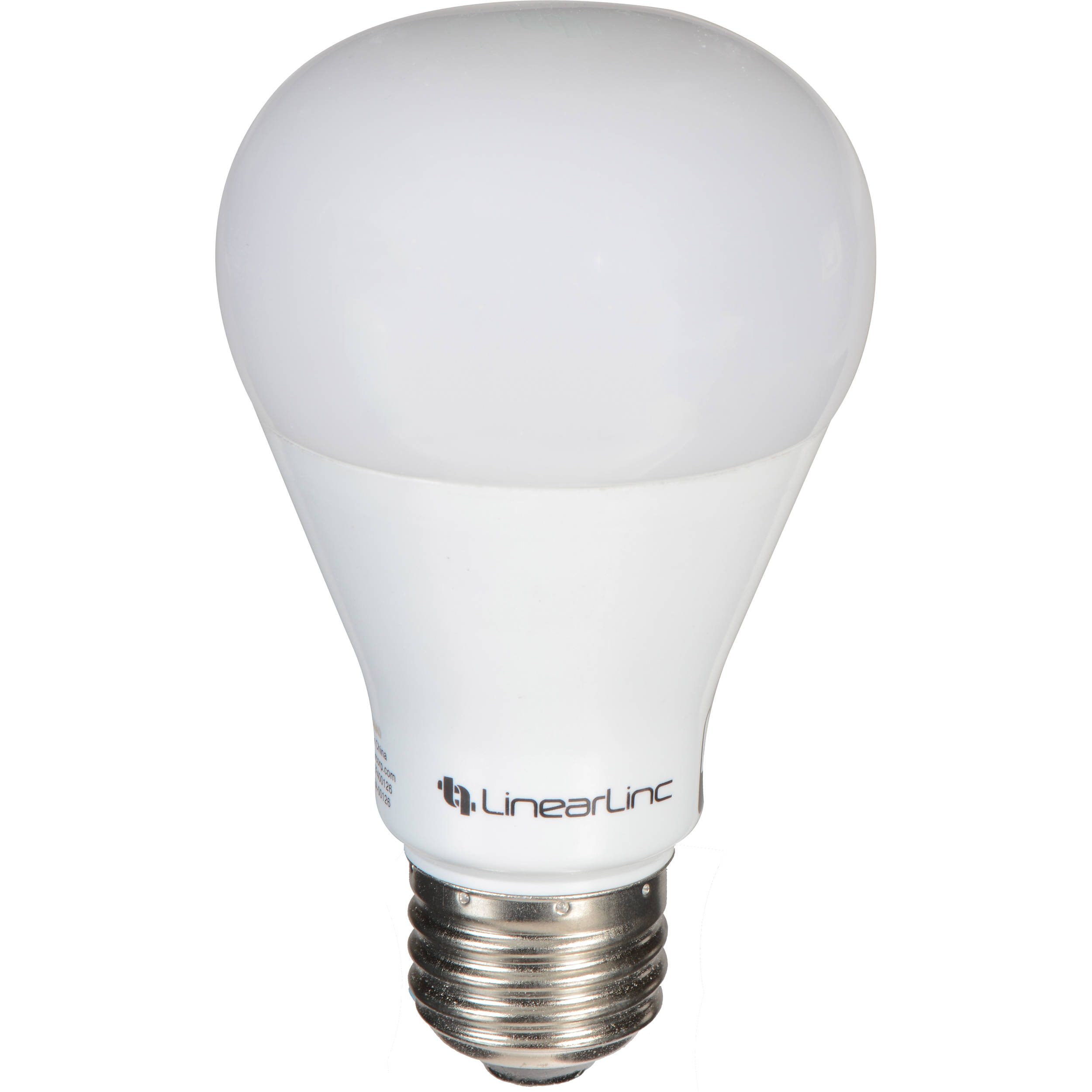this post was submitted on 03 Nov 2023
147 points (91.5% liked)
Asklemmy
47168 readers
752 users here now
A loosely moderated place to ask open-ended questions
If your post meets the following criteria, it's welcome here!
- Open-ended question
- Not offensive: at this point, we do not have the bandwidth to moderate overtly political discussions. Assume best intent and be excellent to each other.
- Not regarding using or support for Lemmy: context, see the list of support communities and tools for finding communities below
- Not ad nauseam inducing: please make sure it is a question that would be new to most members
- An actual topic of discussion
Looking for support?
Looking for a community?
- Lemmyverse: community search
- sub.rehab: maps old subreddits to fediverse options, marks official as such
- !lemmy411@lemmy.ca: a community for finding communities
~Icon~ ~by~ ~@Double_A@discuss.tchncs.de~
founded 6 years ago
MODERATORS
you are viewing a single comment's thread
view the rest of the comments
view the rest of the comments

They get too hot and the 0.07$ capacitor they put in it dries out and dies. You want the 0.09$ capacitor which lasts 1000 times longer, but usually they only put those in the 45$ led bulbs.
You can do like me, when they die, take them apart and replace the capacitor with a super deluxe 0.11$ one !
Holy shit I never thought about what's inside an LED bulb past the LEDs themselves.
It's an AC to DC step down voltage regulator and then a multi channel constant current regulator to drive the led and the current setting is changed by a microcontroller which usually has a Bluetooth or ZigBee or ism/315/433/915 MHz or infrared transceiver for communication with your phone / remote
Occasionally, for bigger lamps, they do need actual cooling fins though.
Yes, anything above 15watt needs heatsinks for sure